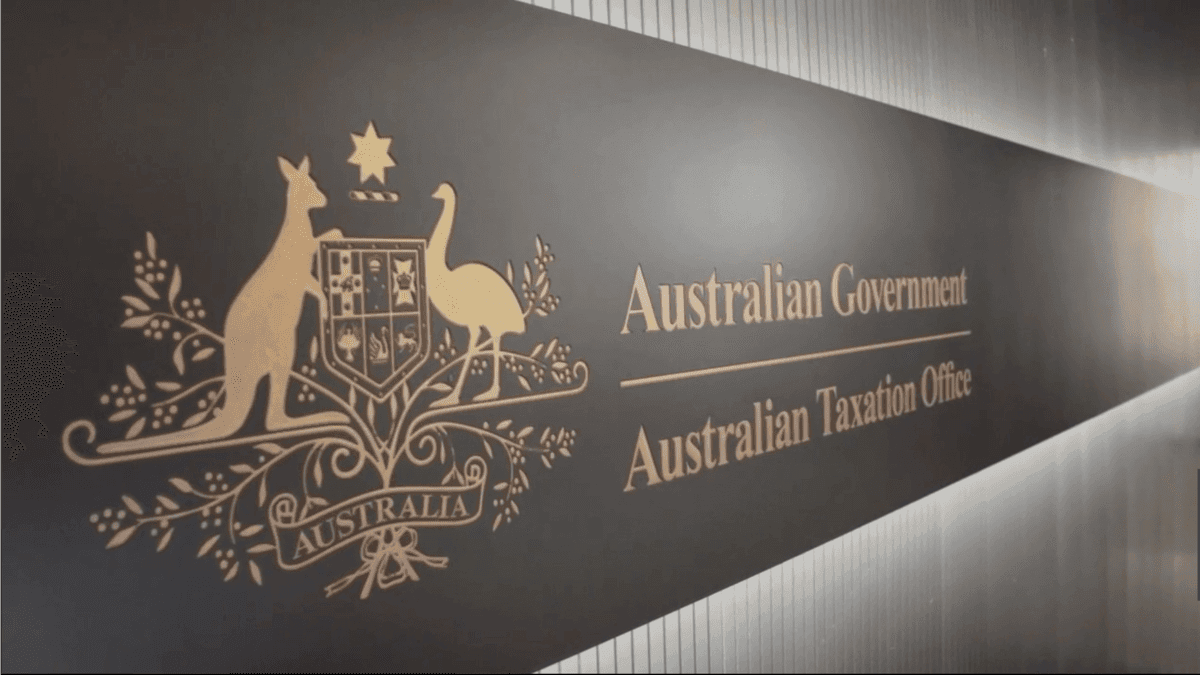New ATO findings reveal significant tax compliance gaps among Australia’s largest businesses
What’s happening: The ATO’s latest Top 100 and Top 1000 findings reveal mixed tax compliance results, with only 26% of Top 1000 businesses achieving high income tax assurance and ongoing challenges in transfer pricing and international tax obligations across Australia’s largest companies.
Why this matters: These compliance patterns among Australia’s most resourced businesses signal areas of risk that could affect companies of all sizes, particularly as the ATO extends its scrutiny to smaller high-growth enterprises following additional government funding.
Australia’s largest businesses are struggling with fundamental tax compliance challenges that could have significant implications for companies across all sectors, according to new data from the Australian Taxation Office.
The ATO’s latest findings from its Top 100 and Top 1000 assurance programs reveal a complex picture of tax compliance, with some improvements in income tax assurance but persistent challenges in GST compliance and international tax obligations.
Sam Mohammad, RSM Australia National Head of Tax Services, said the data highlighted ongoing complexities despite nearly a decade of intensive ATO scrutiny since the Tax Avoidance Taskforce was established in 2016.
“These latest findings from across the Top 100 and Top 1000 income tax and GST assurance programs reveal that while improvements have been made across these groups, there are still some areas of concern,” Mohammad said.
Mixed Results
The data showed that 26% of Top 1000 businesses achieved high income tax assurance ratings at their latest review, with 63% achieving medium ratings. Among the Top 100 businesses, 64% achieved high overall assurance ratings for income tax in 2025, up from 59% in 2024.
However, GST compliance presented greater challenges, with only 38% of Top 100 businesses and 41% of Top 1000 businesses achieving high GST assurance ratings at their latest reviews.
“While both groups saw stability in levels of assurance for income tax, the top-tier businesses continue to do better, which makes sense considering the resources available to Top 100 businesses,” Mohammad said.
The disparity between Top 100 and Top 1000 performance reflects the significant resources and ATO engagement available to the largest companies, but Mohammad warned this success could signal increased scrutiny for smaller businesses.
“As these higher expectations continue to yield improvement, the focus is likely to extend more intensely to the next ranks of high-earning businesses and those that may form part of those groups in the future,” he said.
Sector Variations
Industry analysis revealed significant variations in tax compliance performance. Within the Top 100, financial services businesses recorded higher proportions of high overall assurance ratings for income tax, while manufacturing, construction and agriculture segments recorded the lowest proportions.
The Top 1000 data showed manufacturing, construction and agriculture groups recorded both the highest levels of low assurance at first review and the highest levels of high assurance at latest reviews, suggesting these sectors face particular complexity but can achieve improvement with focused attention.
Mohammad noted that sector performance could shift as Australia’s economy continues evolving toward technology and service-based businesses.
Future Focus
The compliance challenges identified in the data take on greater significance given the government’s commitment of $717.8 million over four years for Tax Avoidance Taskforce expansion and extension to 2028. Since 2016, the taskforce has helped secure around $35.9 billion in additional tax revenue.
Mohammad said future ATO focus would likely shift from initial emphasis on tax policy documentation toward ensuring businesses have robust controls and regular testing procedures.
“Looking forward, I would suggest that the areas of continued focus will move away from an initial emphasis on documentation of tax policies towards ensuring businesses have both controls and regular testing for those controls to minimise errors and risks across income tax and GST,” he said.
Control Testing
For high-growth businesses likely to face increased scrutiny, Mohammad emphasised the critical importance of designing and testing controls.
“For example, as part of preparing the monthly business activity statement, large businesses will have a range of reconciliations, transaction testing and other controls in place to ensure the lodgement is correct,” he said.
“The ATO expects that large businesses will regularly undertake testing of these controls to ensure no errors are made in regards to the lodgement and any payment of tax. If there are any major errors identified during this control testing, these need to be escalated to the Board and improvements to the processes and controls made.”
The ATO highlighted transfer pricing and related party sales as key areas of ongoing concern across the Top 100, issues Mohammad said were likely reflected across the broader business spectrum.
“For these issues to be the most prevalent across our larger businesses, it’s likely these are the same areas of risk and error across the full business spectrum, especially for those newer or fast-growing businesses that might not have sophisticated systems and processes yet in place,” he said.
As the ATO’s attention increasingly turns toward larger private companies and high net worth individuals, Mohammad warned that businesses with international exposure face particular risks.
“It’s imperative that any business that currently has exposure to international tax systems and offshore activities, or plans to in the future, understands their reporting obligations or risk falling foul of the ATO,” he said.
These obligations include staying current with international tax law changes, Base Erosion and Profit Shifting initiatives including the Pillar 2 global minimum tax framework, and Public Country by Country Reporting requirements.
The “debt deduction creation rules” – which can deny interest deductions relating to certain related party debt – represent another area of uncertainty, particularly regarding the extent to which taxpayers must trace the original purpose of debt financing.
Mohammad’s analysis suggests that as Australia’s most sophisticated businesses continue improving their tax assurance ratings, the ATO’s expanded resources and proven methodologies will likely cascade to scrutinise the next tier of high-earning businesses, making robust tax governance systems essential for companies across all sectors.
Keep up to date with our stories on LinkedIn, Twitter, Facebook and Instagram.

